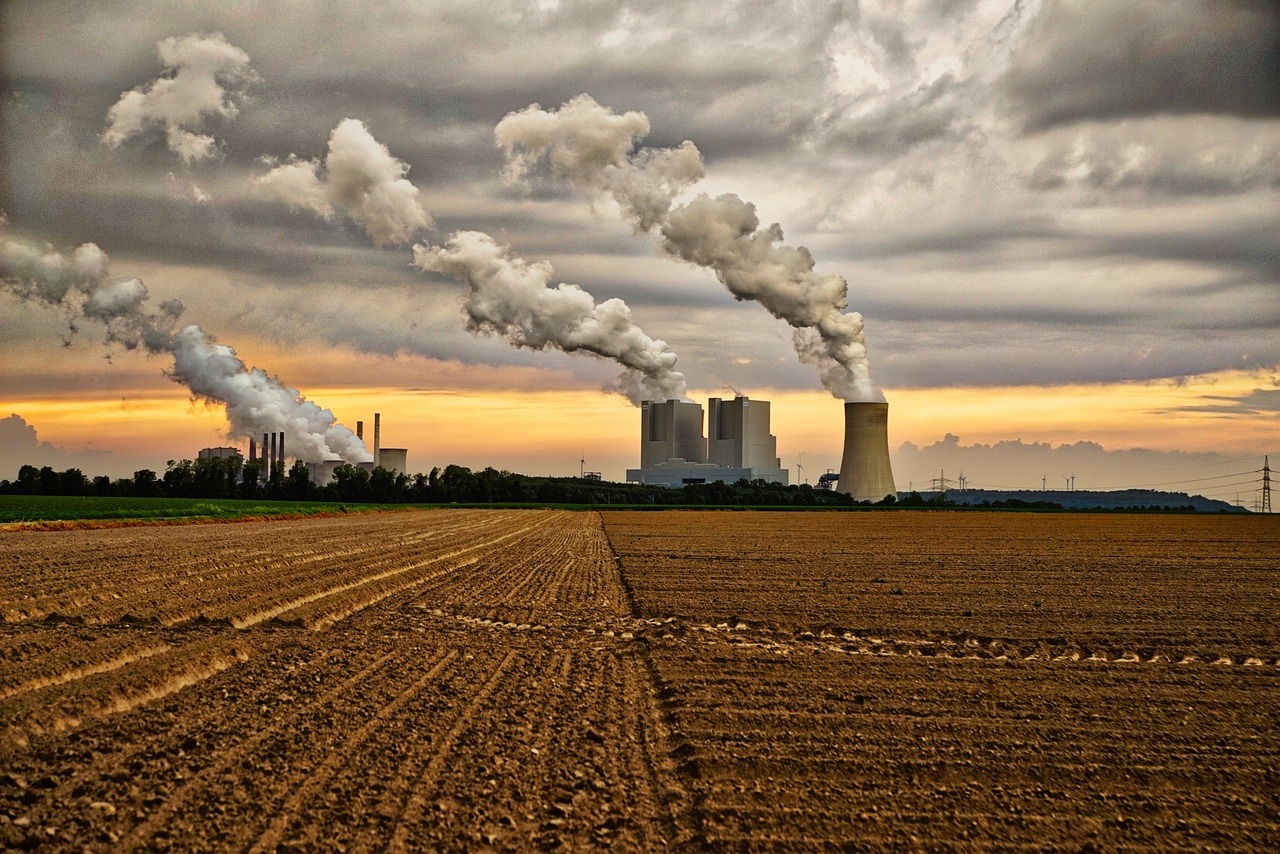Tech Solutions for Climate Change Adaptation and Mitigation
Monitoring and predicting climate patterns have become increasingly critical in today’s world due to the effects of climate change. Technological advancements have paved the way for innovative solutions that help in understanding and forecasting weather patterns with higher accuracy. Remote sensing technologies, such as satellites and drones, play a crucial role in collecting real-time data on various environmental parameters like temperature, humidity, and wind patterns.
Artificial intelligence and machine learning algorithms are also being deployed to analyze vast amounts of data collected from satellites and ground stations. These advanced technologies help in identifying patterns and trends that can assist in predicting extreme weather events and climate shifts. By harnessing the power of big data and cutting-edge technology, scientists and researchers can develop more reliable climate models and provide early warnings to mitigate the impact of natural disasters caused by changing climate patterns.
Innovative technologies for sustainable agriculture and food production
Agriculture has always been a crucial aspect of human survival, and as the world population continues to grow, the demand for sustainable food production has become more important than ever. The integration of innovative technologies in agriculture offers promising solutions to enhance efficiency and reduce environmental impact. From precision agriculture techniques using drones and sensors to monitor crop health and optimize resource usage to the development of genetically modified crops that are more resistant to pests and diseases, these advancements are revolutionizing the way we produce food.
In addition to precision agriculture, the use of vertical farming is gaining popularity as a way to maximize food production in urban areas with limited space. By growing crops in vertically stacked layers in controlled environments, vertical farming can significantly increase crop yields while saving water and reducing the need for pesticides. Furthermore, aquaponics—a sustainable symbiotic system combining aquaculture and hydroponics—has emerged as a unique method for cultivating both fish and plants in a closed-loop system. These innovative technologies not only promote sustainable food production but also contribute to food security and environmental conservation in the face of climate change and dwindling natural resources.
What are some of the tech solutions available for monitoring and predicting climate patterns in agriculture?
Some examples of tech solutions for monitoring and predicting climate patterns include weather monitoring systems, satellite imaging, and precision agriculture technologies.
How can innovative technologies contribute to sustainable agriculture and food production?
Innovative technologies can help farmers increase efficiency, reduce waste, and optimize resource usage, leading to more sustainable agricultural practices and higher food production.
Are these technologies affordable and accessible to all farmers?
While some of the newer technologies may be more expensive, there are also affordable options available, and many governments and organizations offer support for farmers to adopt these technologies.
Can these technologies help address food security challenges?
Yes, by improving agricultural productivity and resilience to climate change, these technologies can play a significant role in ensuring food security for populations around the world.
How can farmers stay updated on the latest advancements in agricultural technology?
Farmers can attend workshops, conferences, and training sessions, as well as follow industry publications and websites to stay informed on the latest advancements in agricultural technology.





